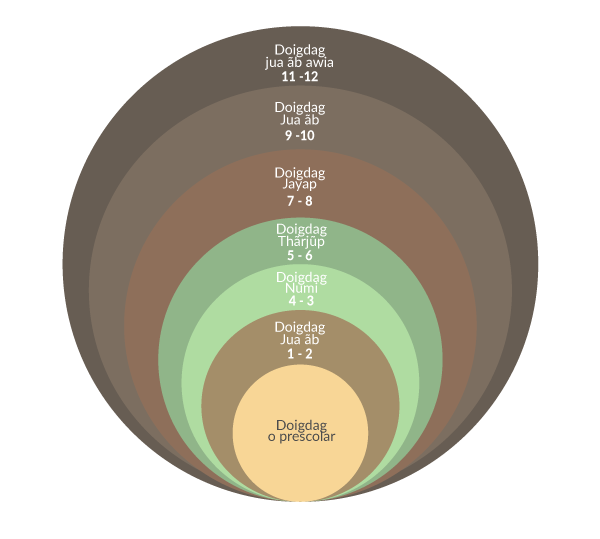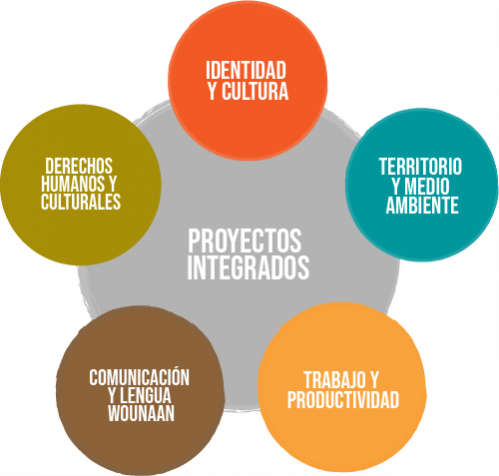The structure of your board allows it to make good decisions. The meeting of the board usually begins by calling the meeting to order, during which the chairperson greets all attendees, introduces the new members and states the purpose and vision of the company. The next step in a board meeting is to go over and approve previous meeting minutes. This gives the board a clear picture of where the company is.women’s human hair wigs
nflshop
wig sale
adidas running shoes
nfl jerseys
sex toys for men
cheap nike air max
custom jerseys
adidas ultraboost shoes
buffalo bills Jerseys
custom basketball jersey
After the board has discussed the previous performance, it’s now time to look toward the future and develop strategies to increase nonprofit awareness, expand the number of members and donors, create fundraising opportunities, and transform ideas into practical actions for every department. During this phase of the board meeting, the top management should present their ideas on growth and ask for suggestions from the rest of the executive team. The board must then agree on a strategy that can be implemented within the specified timeframe.
It is also a great time to examine any obstacles, such as budgetary issues or time constraints that may hinder the execution of your preferred plan. The board should work together to come up with solutions that allow the company to overcome these hurdles and move forward.
The meeting’s first hour is usually reserved for any announcements, congratulations messages, or condolences that attendees might have. It also includes important changes to the following session’s agenda. Then, the chairperson of the board typically concludes the meeting by stating the end time so that the secretary can write the time in the minutes.





